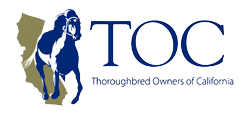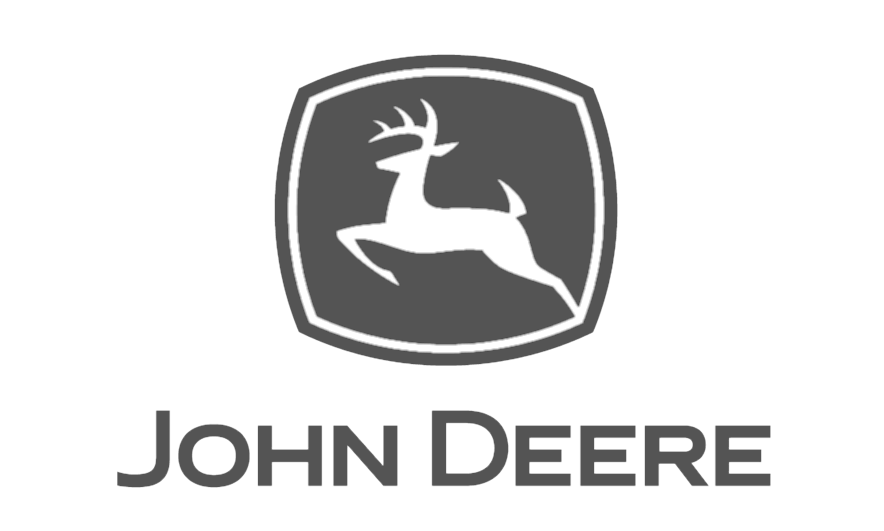Factors to Consider Before Racing Your Two-Year-Old
By Laura Grubb
It’s two-year-old time – when owners of two-year-olds must begin to take stock of their youngsters, decide whether or not to race them at two, and, if so, decide what time of the year for them to make their first start.
Racing two-year-olds has always been a controversial issue. Many believe that racing young horses leads to injuries, breakdowns, and may be one reason why we currently are facing a shortage of horses. The loss of such young stars as Holy Bull, Thunder Gulch, Brocco, Hennessy, and Cavonnier, all of whom competed as two-year-olds only to suffer career-ending injuries at three, is one reason advanced to de-emphasize two-year-old racing. 1996 Breeders’ Cup Classic winner Alphabet Soup, who was purposefully not raced at two and now looks forward to his six-year-old season, illustrates the rewards possible for patient owners.
However, as long as American racing richly rewards its three-year-olds through the Kentucky Derby, Triple Crown series, and other lucrative races limited to three-year-olds, proving grounds for two-year-olds will continue to exist. The substantial purse money offered in two-year-old stakes is also tempting to owners of precocious juveniles.
Owners should be encouraged to be prudent in their approach to two-year-old racing, to make educated decisions, and always make the well being of their horse the first priority.
Should you Race your Two-Year-Old?
For those owners having horses capable of running at two, starting them as a two-year-old obviously allows a quicker financial return. However, racing one’s two-year-olds may be economically short sighted for owners who race juveniles incapable of withstanding the rigors of training and racing. Injuries and breakdowns can occur when young horses are pressured to perform, sometimes jeopardizing their ability to run successfully in later years. For the owner, that not only brings disappointment, but vet bills, long layoffs, and the need to start all over again with the costs attendant to that.
Owners should consider some of the following factors before making the decision to race his or her juveniles.
Physical Development – Is your two-year-old ready to withstand the rigors of racing? Is most of its growth process completed, as indicated through the x-raying of its knees to see if the growth plates are closed? Does it have a big heavy body type that needs more time to develop in order to prevent unsoundness caused by the concussive forces of training? Or does it possess a light body type, with good hindquarters conducive to the sprints of two-year-old races? If no, be patient and think long term. If you are unsure about whether your horse is ready to race as a two-year-old, ask your trainer or veterinarian.
Mental Development – Like people, horses mature at different rates. A two-year-old that you are contemplating running should be an alert, quick, and nimble horse. Typically, lazier horses are slower thinkers, and do not have the mental capabilities to do well at two. It’s in your horse’s best interests to run when it is mentally ready. Yours too. Once again, consult your trainer on your horse’s mental ability to withstand the pressures of racing.
Pedigree – Is your horse bred to go a distance? If so, it may be better to wait and properly develop him than to run in the two-furlong races offered during the spring. However, some horses are bred to excel at two, as certain sire lines are known for producing two-year-old runners. These precocious individuals (early developers both mentally and physically) may perform well at two without negatively impacting their ability to race as a three-year-old.
What Time of the Year Should Your Two-Year-Old Make Its First Start?
Let’s assume that you have considered the above factors, and have determined that your horse is capable of starting as a two-year-old. Once again, use caution in determining when to make your horse’s first start. Also, remember that in California, a horse must actually have reached its second birth date* before it can enter into a race.
Springtime Advantages
Softer (less competitive) fields may occur earlier in the year, as some owners elect to give their valuable racing stock more time to develop
before racing. Also, purses may be higher in the springtime than in the fall, especially in Southern California. Weather is also a factor, as the drier racetracks of the spring and summer are more conducive to conditioning young stock. Training babies in the mud is not considered to be a good practice, as it places too much stress on their young bodies.
For owners fortunate enough to possess a precocious two-year-old, many opportunities usually exist to sell two-year-olds who have displayed ability at the track, whether through promising training (fast morning works), or good racing performance.
Advantages of Waiting Until Later in the Year
The primary advantage of waiting until later in the year to run your two-year-old, if you do decide to race it during its juvenile year, is the extra time allowed for your horse to develop both mentally and physically. Horses mature significantly between the spring and the fall. Patient owners who are willing to wait may reap economic rewards by having a horse who can start a few times later in its two-year-old year, and then be fresh for its three-year-old campaign. Few horses possess the ability to show brilliance early in their two-year-old year, and then continue to stay sound for their three and four-year-old years.
Handling Horses Purchased at Two-Year-Old Sales
Some owners may purchase horses at the upcoming two-year-old auctions with the intent of immediately pointing them to a race. However, remember that many of these young horses have been in training for six months prior to the sale, have been pressured to perform on “preview” day, and are in need of a rest. Also, understand that many of these horses have only been asked to breeze an eighth of a mile during the sale’ preview, and are not prepared to go further. Realize that sales can be very stressful on young horses, and that many need to be turned out in order to recuperate, both physically and mentally. Once again, think long term.
Patience is a Virtue
Purses offered for two-year-old races this spring are mighty tempting to an owner, especially as he or she writes the monthly support check. However, use good judgment and think of your horse’s best interests in the long run. Is your colt or filly ready to face the challenges of racing at two? Consider the above-mentioned factors carefully, or consult your trusted advisors, before making your decision, and always put the interests of your horse before your own. More often than not, such responsible thinking will reward you. Remember Alphabet Soup!
* All Thoroughbreds turn a year older on January 1st. However, in order to compete in a two-year-old race, a horse must have reached its second actual birth date. For example, a horse born on March 16, 1995 would not be eligible to enter into a race until March 16,1997.






